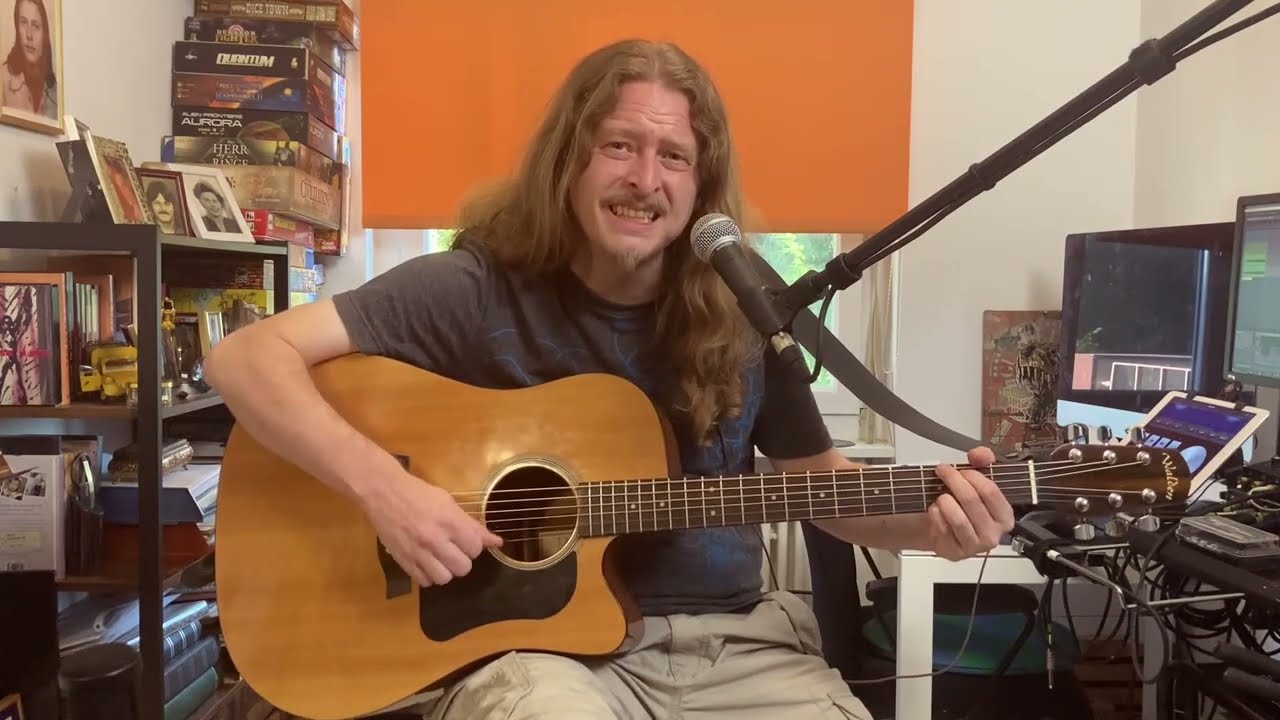Lagging behind with the recordings. On the positive side, more time to consolidate before moving on ![]()
Overhauled the recording setup and ironed out dozens of technical problems. Hope I finally have a fast workflow to make videos and can learn to perfect them. Now need a better camera someday.
4 - Good Riddance (Time of your Life)
Had some technical issues. Not the best take and after listening a lot to the original I find it hard to gel with the vocals cadence in relation to the guitar (that’s why I still get hiccups in the rhythm when trying to fit in the voice).
Maybe it just doesn’t really fit my vibes or maybe with some practice and more listening it will click with me.
Otherwise, I feel this is a candidate for future replacement with another song in my core repertoire for me. Still, I’ll try to get it up to some standard to be able to play it in this set for the “exam” at least.
Spoiler
I put a bit of Autotune on the voice so it’s a bit less grating. It couldn’t salvage it without sounding too artifical, but I feel it tamed some parts okay.
